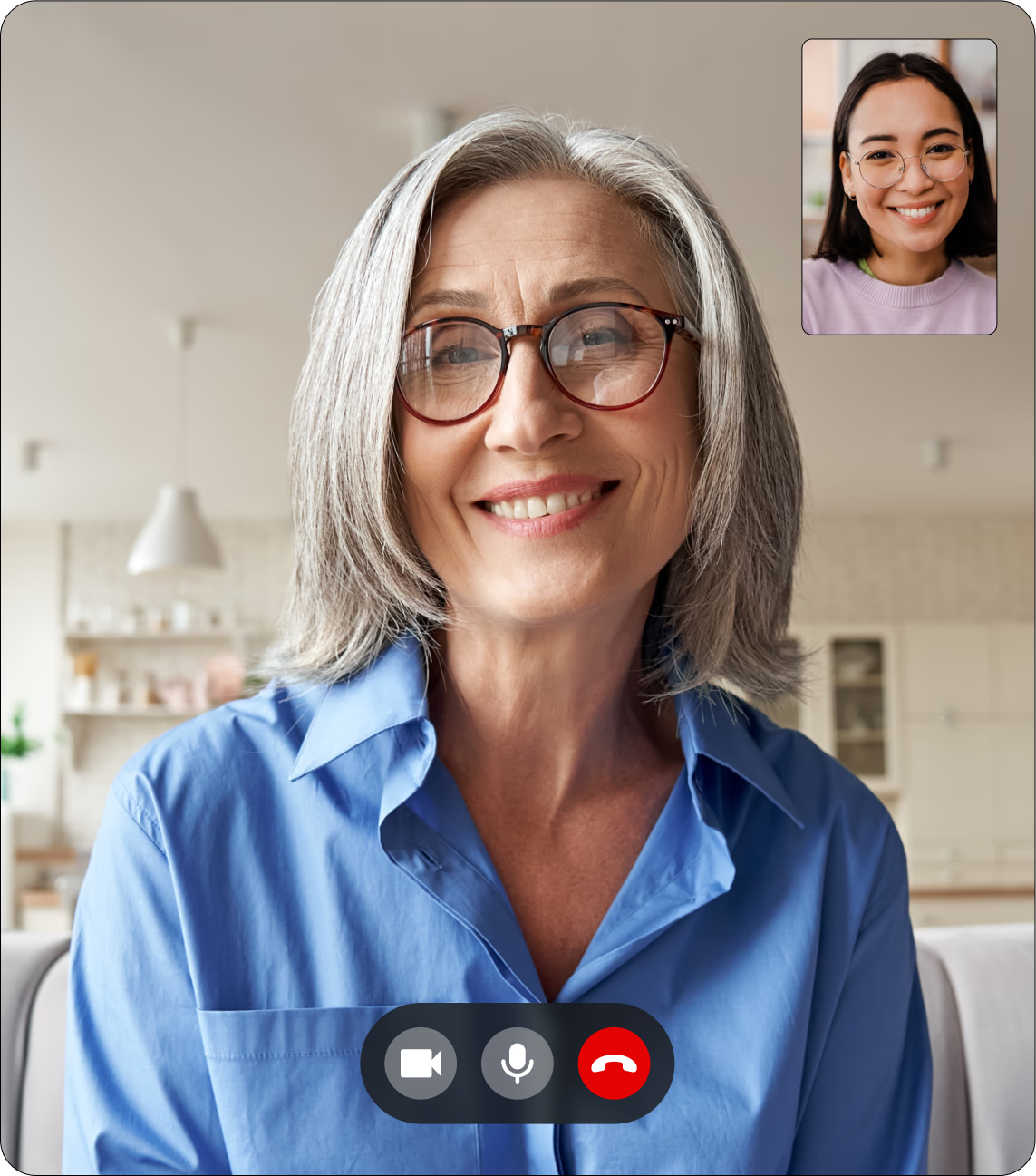

The future of telehealth and telenutrition
Read about the future of telenutrition and how telehealth is affecting the wellness industry. Find more telehealth resources at Healthie.
Over 65% of America is struggling with diet-related chronic conditions. Yet, fewer than 5% of these individuals have access to nutritional care. Chronic disease can largely be reversed or prevented through lifestyle changes alone. According to the WHO and the CDC, eliminating risk factors — including poor nutrition — can prevent over 40% of cancer, and 80% of heart disease, stroke, and type 2 diabetes cases.
As reassuring as these statistics are, there’s one fundamental issue with our care system. Customary, one-time doctor appointments will not succeed in getting the chronic disease under control. Essentially, the growing crisis overshadowing health care is a clear indication that moving forward, traditional care will not suffice.
The role of telenutrition in healthcare
Telemedicine’s past and current impact on health is commendable. However, its traditional focus on care professions requiring limited physical contact, e.g. dermatology, psychiatry, and primary care, is, likewise, too limited in scope to adequately face growing chronic disease concerns. To address chronic care needs, telemedicine must branch out to “telenutrition”, a novel, preventative, and relationship-centered approach to improving health outcomes. The Academy of Nutrition and Dietetics defines “telenutrition” as: “The interactive use, by an RDN, of electronic information and telecommunications technologies to implement the Nutrition Care Process with patients or clients at a remote location.”
The nature of food choices means behavioral and lifestyle changes is manifold. First, successful nutritional care is dependent on long-term behavioral relationships. Secondly, losing weight mirrors mental health counseling, provided that routine check-ins and accountability mechanisms are necessary for social support and improved outcomes. Telenutrition features encompass communication and relationship-building means, ensuring clients are exposed to accountability and social support mechanisms key to behavioral change.
{{free-trial-signup}}
Moreover, dietitians structured and evidence strategies ensure quality, effective nutritional care. Dietitians of Canada state that dietetic interventions can reduce the risk of clients at risk from developing type 2 diabetes by up to 60%. There are currently around 60,000 dietitians and nutritionists employed in the U.S. Telenutrition platforms offer nutrition experts a feasible vehicle to match clients with nutrition experts, given telenutrition’s remote nature, cost-effectiveness, and enhanced behavioral change capacity. Plus, virtual meetings and HIPAA-compliant messaging systems provide dietitians the latitude to practice individualized, quality, long-term care management minus the barriers of distance.
New technology for telenutrition
Healthie recognizes the power telemedicine holds in offering scalable and efficient care, which is why we’ve tapped into telemedicine’s nascent nutrition counterpart, telenutrition. It is a natural extension of virtual medicine, which needs to be recognized and endorsed in order to reverse chronic disease trends. Diet is linked to the onset of chronic diseases, including heart disease, cancer, and diabetes — 3 of the top 10 leading causes of death in the U.S. Introducing dietitians and nutritionists into the equation is a cogent, cutting-edge, and frankly, inevitable move in healthcare.






